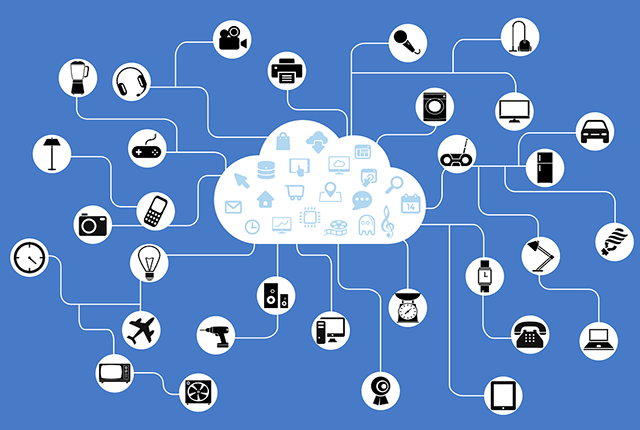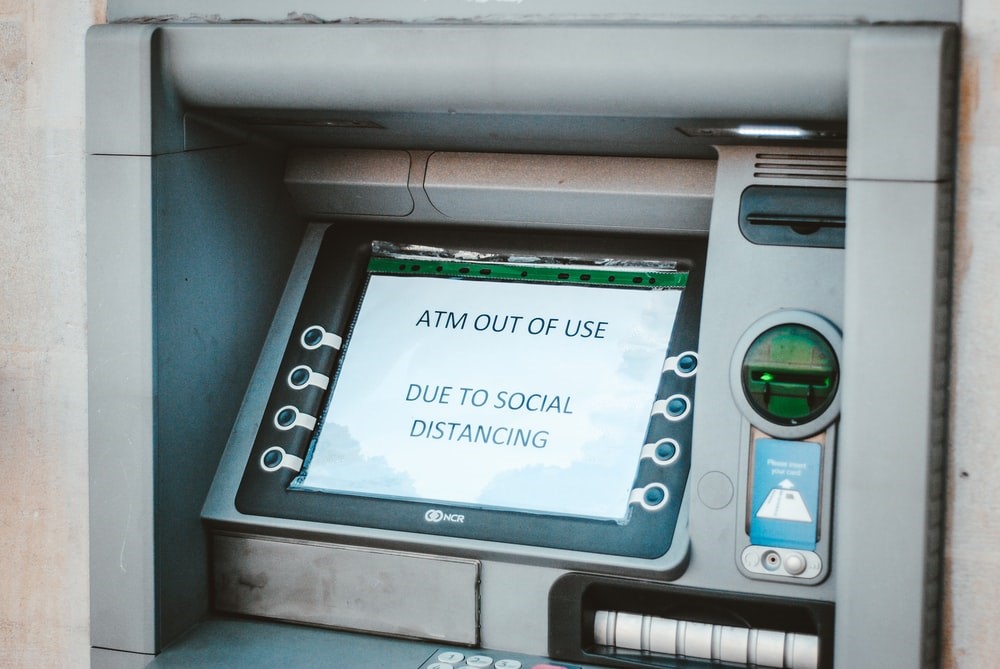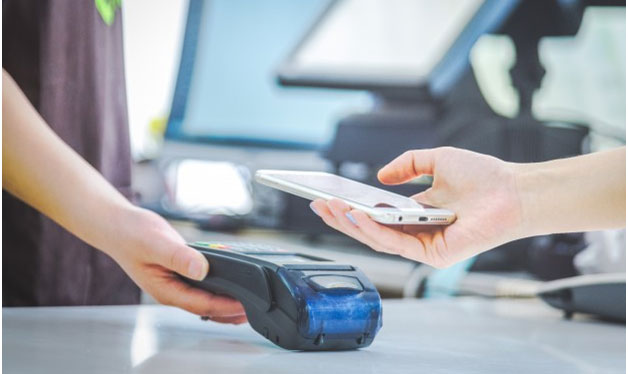Four FinTech Elements Affecting the Retail Banking Ecosystem
9 August 2020
71% of Millennials prefer going to the dentist than a bank.
This fact is enough to give you an idea of something that most people probably
already know; Millennials don’t like traditional banks.
Today, the ongoing COVID-19 pandemic has steadily expanded
this demographic to beyond Millennials; senior citizens are also reluctant to
visit bank branches, and even their younger counterparts like Generation X are
avoiding activities like ATM visits, cash deposits and similar tasks that
require their physical presence. This directly supports the significant rise in
popularity of FinTech applications and the perpetual traction this industry is
experiencing around the world in 2020. FinTech companies are delivering
intuitive products & services that capitalize on the different generations’
discontent with conventional financial institutions and legacy banks, giving
them an alternative to fall back on whenever and wherever their expectations
aren’t met.
Although this presents a clear threat to traditional banks,
it also presents an obvious opportunity. FinTech is here to stay, so banks and
other FIs could easily adapt their strategies to encompass FinTech applications
or even merge and establish mutually beneficial partnerships with the rising
tide of digital finance entities. Financial houses that are concerned with
improving their customer experience and staying relevant in digital times will
be in a solid position to either fight back or join the FinTech movement. Let’s
look at four potential ways that that can happen.
1) Quick & Easy Money Transfer Apps
Money transfers from your personal account to another is a
process that has its own frustrations, and we’re all too familiar with it. Today,
although the process is much faster because of technology and all it brings,
consumers can still face difficulties in using tech found at their traditional
banks. Here the peer-to-peer (P2P) platforms have greatly simplified the speed
and convenience of this operation, allowing quick transfers between accounts
and easy exchange of finances for people to pay each other back on the spot.
Moreover, traditional banks are coming up with intuitive digital solutions that
aim to mimic the speed, efficiency, reliability and ease of P2P payments,
largely supported by their robust infrastructure and secure payment systems
that are significantly improving over time.
This experience is mostly all that Millennials expect in
today’s finance world. Banks and similar FIs are slowly realizing this shift in
their industry, although they still need to catch up faster and be more flexible
in adopting various innovative FinTech concepts.
2) Chatbots and Text-Based Payments
Chatbots and text-based AI assistants are going strong in an
increasingly demanding digital world, where consumers wants speed and
convenience at every turn. Today, people can pay for products by texting
sellers directly their phone’s messenger app.
As we progress into the future, consumers can expect all
banking brands to have their own AI assistant or Chatbot. Today, customers can
have a conversation with Chatbots on many digital platforms across a lot of
industries, and in finance Chatbots update customers automatically with a
variety of notifications and important messages.
3) Leave the Card, Pay with Phone
Although brick-and-mortar stores still exist normally, their
payment options are up to speed with the FinTech world. Various platforms now allow
you to link a credit/debit card to your mobile or wearable. This shift in
behavior is bound to impact banks and other FIs, in terms of customer
expectations and trend-setting. And with the global mobile payments market
estimated to hit $3.4 trillion by 2022, traditional institutions should keep a
close eye on this aspect and should try to integrate with this trend.
4) Smart Budgeting & Personal Finance Management
Before digital finance, banks were the go-to place that
people considered for managing their investments and growing their wealth, which
automatically meant the natural selling of investment products to those
customers. Such services can give consumers an easier way to stay informed of
their financial decisions by connecting their spending behavior to their
application via their bank account, meaning you can see how much money is spent
on what and where, for a better self-monitoring experience and therefore better
saving behavior and spending efforts. This notion has taken even more of an
upturn during the global pandemic, as more and more users flock to smart
financial solutions on their devices to curb the threat of going to banks to
manage their finances and investments.
Banks and FIs should know how their similar services stack
up against FinTech solutions, to determine the best way forward for customer
retention and increased loyalty, and even for acquiring prospect customers
frustrated with another traditional bank’s poor finance management experience. Banks
will need the digital aspect of finance in order to properly and efficiently
integrate similar services into their upcoming strategies.
Conclusion
Innovative FinTech
applications will keep on coming, and banks are at a crossroads that will
determine their way forward. The looming threat of losing current customers or
potential new ones is there, but these institutions are not completely helpless
to that risk; they need to focus on what matters the most in that equation: the
customer. Customers today are looking out for their health and wellbeing, and
banks need to meet these expectations with a steady flow of innovative FinTech
products that keep customers satisfied.
related articles

Mutually Beneficial Partnership Scenarios for Banks and FinTech Companies

Financial Health is What FinTech Should Be Empowering

Can the Middle East Bloom Into A Global FinTech Hub?

Setting Digital Banking Transformation Priorities During a Pandemic

Can Blockchain Technology Affect Banking and FinTech?

The Challenges that FinTech Startups in Emerging Markets need to consider

The Impact of IoT on FinTech & Banking

Shifting from Disruption to Innovation through FinTech Partnerships in COVID19 pandemic.

Going Cashless is the new way to go in a Post-Coronavirus Future

Relevance of Scheduling Apps for Bank Appointments is Skyrocketing

How is Banking Changing with COVID-19?

Customer Service Transformation has become a must in a Digital World

The Opportunities and Threats of FinTech during COVID-19

The Impact of Coronavirus on the Financial Sector

FinTech’s Critical Role in the Battle Against the Coronavirus

Are Baby Boomers or Gen Z the next banking customers?

5 Mobile Trends To Transform The Future Of Payments


 0
0
 4k
4k 



Comments